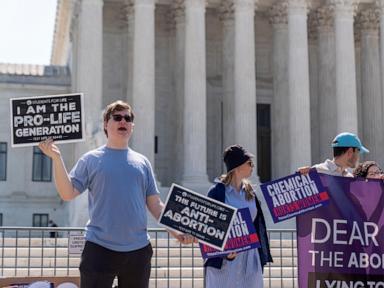The on Thursday to preserve access to the abortion pill mifepristone, a pill used in the most common way to end a pregnancy. The medication was used in nearly in the United States last year. The ruling is the court's first abortion decision since conservative justices two years ago.
The justices ruled that opponents lacked the legal right to sue over the federal Food and Drug Administration’s approval of the medication, mifepristone, and the FDA’s subsequent actions to ease access to it. Justice Brett Kavanaugh wrote for the court that “federal courts are the wrong forum for addressing the plaintiffs’ concerns about FDA’s actions.” Kavanaugh was part of the majority to overturn Roe.

The case had threatened to restrict access to mifepristone across the country, including in states where abortion remains legal. Currently: — Read the full ruling from the Supreme Court — The U.S.
Supreme Court just ruled on Mifepristone. — What is the case about? The central dispute was when it made mifepristone easier to obtain — Key takeaways: Several justices pressed for real-life examples, and other — Check out the status of abortion rights Here's the latest: Women of color advocating for abortion access have pointed out that restricting access to mifepristone could worsen racial health disparities. They argue that individuals of color and pregnant people from marginalized communities are more likely to face systemic barriers that limit their access to abortion and other.























